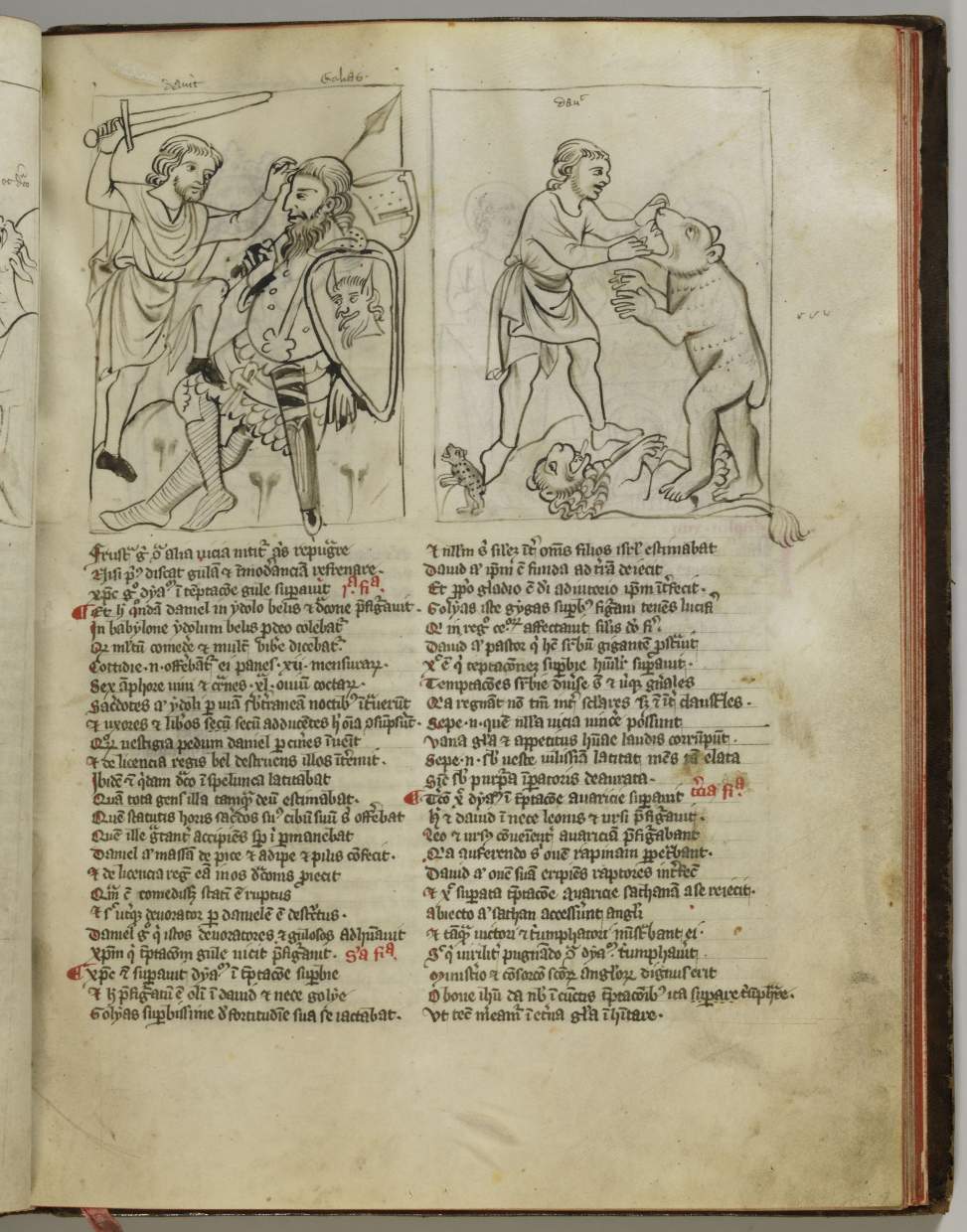Artworks


Speculum humanae salvationis
Manuscript on vellum with pen-and-ink drawings by Magister Konrad.
Austria, before 1386.
Hide caption

Speculum humanae salvationis
Manuscript on vellum with pen-and-ink drawings by Magister Konrad.
Austria, before 1386.
Hide caption

Speculum humanae salvationis
Manuscript on vellum with pen-and-ink drawings by Magister Konrad.
Austria, before 1386.
Hide caption

Speculum humanae salvationis
Manuscript on vellum with pen-and-ink drawings by Magister Konrad.
Austria, before 1386.
Hide caption

Speculum humanae salvationis
Manuscript on vellum with pen-and-ink drawings by Magister Konrad.
Austria, before 1386.
Hide caption

Speculum humanae salvationis
Manuscript on vellum with pen-and-ink drawings by Magister Konrad.
Austria, before 1386.
Hide caption

Speculum humanae salvationis
Manuscript on vellum with pen-and-ink drawings by Magister Konrad.
Austria, before 1386.
Hide caption
The author of the Speculum humanae salvationis, or Mirror of Salvation, remains anonymous. The Speculum, which deals with Man’s Salvation through Christ and the Virgin, probably had its sources in the spirituality of the mendicant orders. The illustrations are deployed across openings, the verso showing an episode from the New Testament (the so-called anti-type) and the facing recto presenting three scenes from the Old Testament (type). In the pictorial sense as well as in their content the episodes of the Old correspond to those of the New Testament, they 'pre-figure' it. The text comprises 45 chapters beginning with the Fall of Lucifer, continuing to the Creation of Man and the Flood, while the main portion of the text gives an account of the Salvation of Man through Christ and culminates in the Last Judgement. Chapters 43 to 45 comprise seven scenes of Christ’s Passion, the Seven Sorrows and Seven Joys of the Virgin.
The illumination begins with the Fall of Lucifer, followed by six miniatures culminating in Noah’s Ark. Scenes from the life of the Virgin precede the Incarnation of Christ. The cycle from the Annunciation, through the Passion to Christ’s descent to the limbo is the most lavishly illustrated portion. Pictures from other sources praise the completion of Salvation in Christ and his mother. A wholly New Testament cycle of Christ’s Passion follows, while the Seven Sorrows and the Seven Joys of the Virgin are inspired by various other sources. The complete cycle of illustrations amounts to 192 images.
Magister Chuonradus, who is named in the dedication note, is likely to be identifiable with the court painter Konrad von Tiergarten from Merano, who is also seen as the author of the central panel of an altar piece from Stams which shows the Coronation of the Virgin, and reveals a strong Italian influence. Konrad is documented between 1379 and 1406, the Coronation panel is dated to the 1390's.
This work is now in the collection of the Museum of the Bible in Washington D.C.



